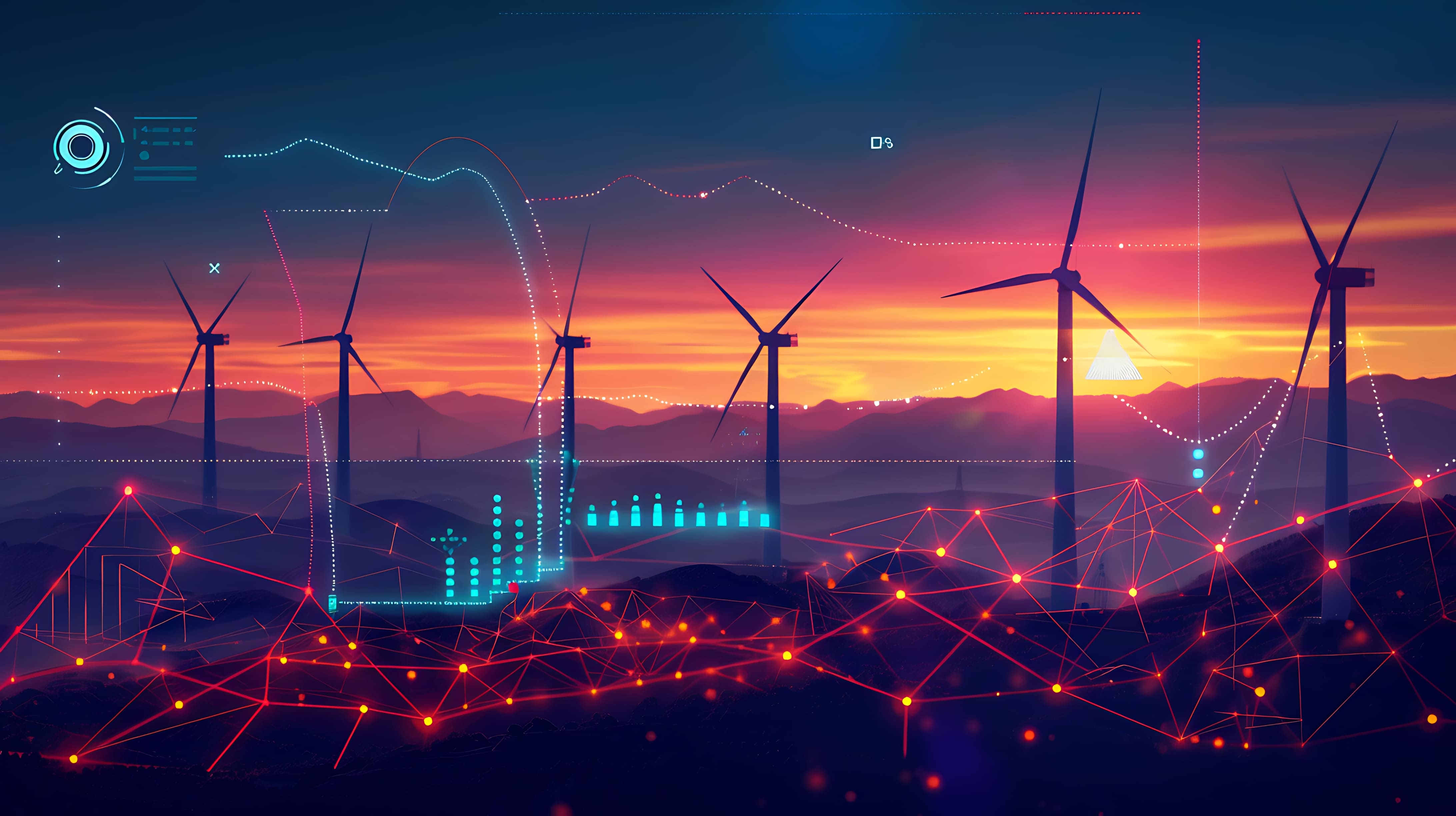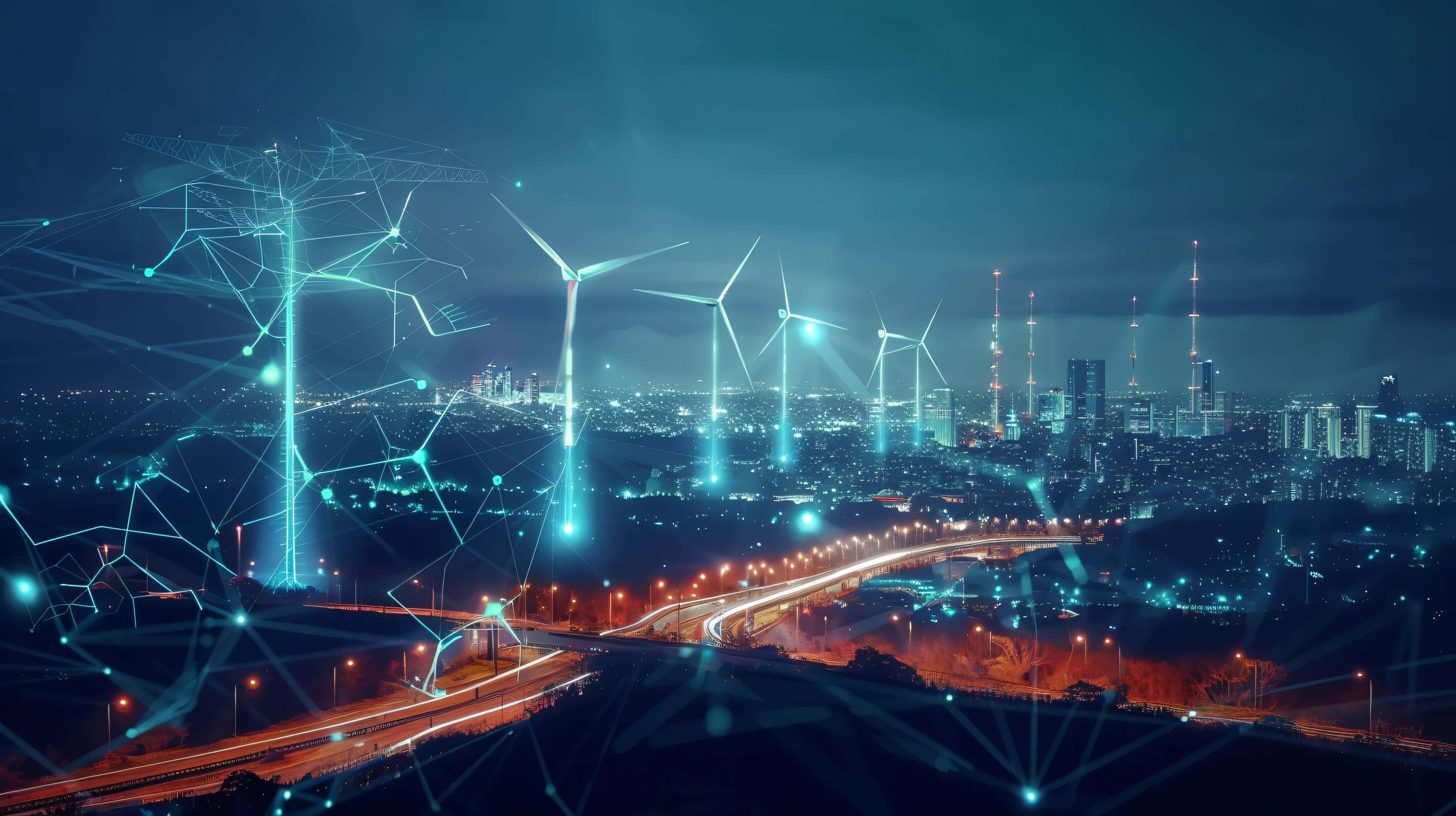Thank You!
A confirmation latter has been sent to your email. Check your inbox.


Digitalization—in its terminology, this phenomenon refers to the ‘increasing use of digital technologies.’ If you stand on the other side of the digital world, we are sure that this is what you have been interpreting. Although this isn't false, it is also not entirely true. While digitalization is constantly seen as the utilization of digital tools and technologies is increasing by entering numerous sectors on their ground-level operations, management, and, most importantly - ‘in the way they approach scalability and transformation’, the one aspect that it primarily aims to is improving efficiency and accessibility by empowering innovators to take complete charge of the potential in their product or service. However, if we had to pick two reasons to determine the increasing utilization of digitalization, they could be transparency and optimization. Digital transformation in the renewable energy sector is the prime example when we say this. In this blog, we have outlined how digitalization is placing its position in the clean energy sector by conquering traditional barriers to growth and optimization and in which ways.
AI and ML are emerging as front drivers of digitalisation in clean energy on a larger scale. These technologies optimise energy production, storage and optimisation in renewable energy projects by studying vast datasets, enabling predictive maintenance, energy forecasting, and demand management.
Blockchain technology, as an aid to clean energy innovation, faces a couple of challenges, including interoperability, standardisation, and regulation. Long-term power purchase agreements help speed up and automate the process of certifying renewable energy. It can also help authenticate grid components and protect against malevolent attacks.
IoT is at the heart of digitalised renewable energy solutions. It facilitates real-time monitoring of devices employed in clean energy technology and applications with real-time data collection. IoT helps optimise the usage of battery storage systems by monitoring their performance and the energy supply-demand ratio, making it possible to store excess energy during off-peak times.
The use of robotics can reduce operational costs in solar plants by up to 20%.while Big data analytics can increase wind farm efficiency by 10-15%. Robotics, combined with big data, is transforming how renewable energy projects are built and maintained. Robots perform tasks that are difficult or dangerous for humans, while big data analyses vast amounts of information to enhance energy production efficiency.
A digital twin is a virtual model of a physical asset, used to monitor, simulate, and optimize renewable energy infrastructure such as wind turbines, solar panels, and smart grids.
Smart grids, powered by IoT, AI, and machine learning, allow better integration of renewable energy sources and improve the reliability and efficiency of energy distribution.
Automation in renewable energy streamlines repetitive tasks and improves overall efficiency. Automated systems are used in everything from grid management to energy storage and can cut inspection costs by 30% and increase project lifecycle efficiency by up to 40%. Some use cases: Automated Energy Trading of renewable energy, optimising market transactions and reducing manual errors. Automated Drones with AI-enabled automation are used to inspect solar farms and wind turbines, which can significantly reduce inspection costs and time.


Digitalization in the energy sector has the potential to conquer numerous challenges, paving the way for a more efficient, sustainable, and customer-centric industry. By leveraging advanced technologies such as smart grids, big data analytics, and customer engagement tools, energy companies can address inefficiencies, enhance operational performance, and achieve sustainability goals. As the clean energy industry trends continue to evolve, embracing digitalisation will be crucial for companies looking to thrive in a competitive environment. At Sumcircle Technologies, we specialize in innovative solutions that facilitate digital transformation across various industries, including renewable energy. Our expertise in technology development and integration can help your business harness the full potential of digitalization to enhance efficiency, optimize operations, and achieve sustainability goals. Contact us today to learn how we can support your digital transformation journey!
Our expertise spans a diverse and proven tech stack, carefully employed to build solutions that meet evolving business needs with precision and reliability.
BACK END
FRONT END
CONTAINERIZATION
AUTOMATION
CI/CD TOOLS
MONITORING
PROGRAMMING LANGUAGES
FRAMEWORKS
LIBRARIES
CLOUD SERVICES